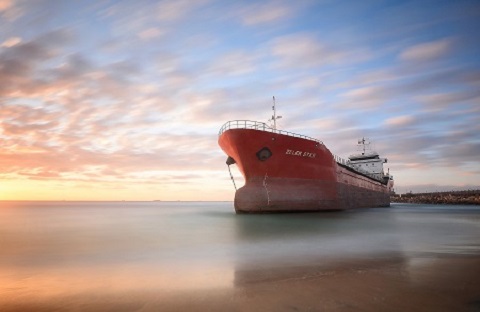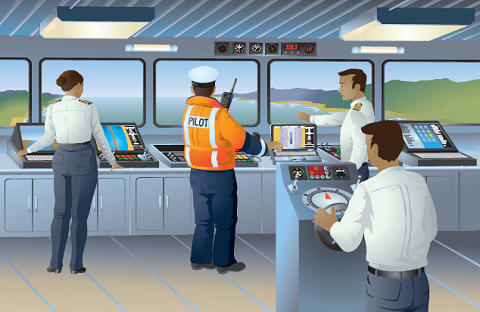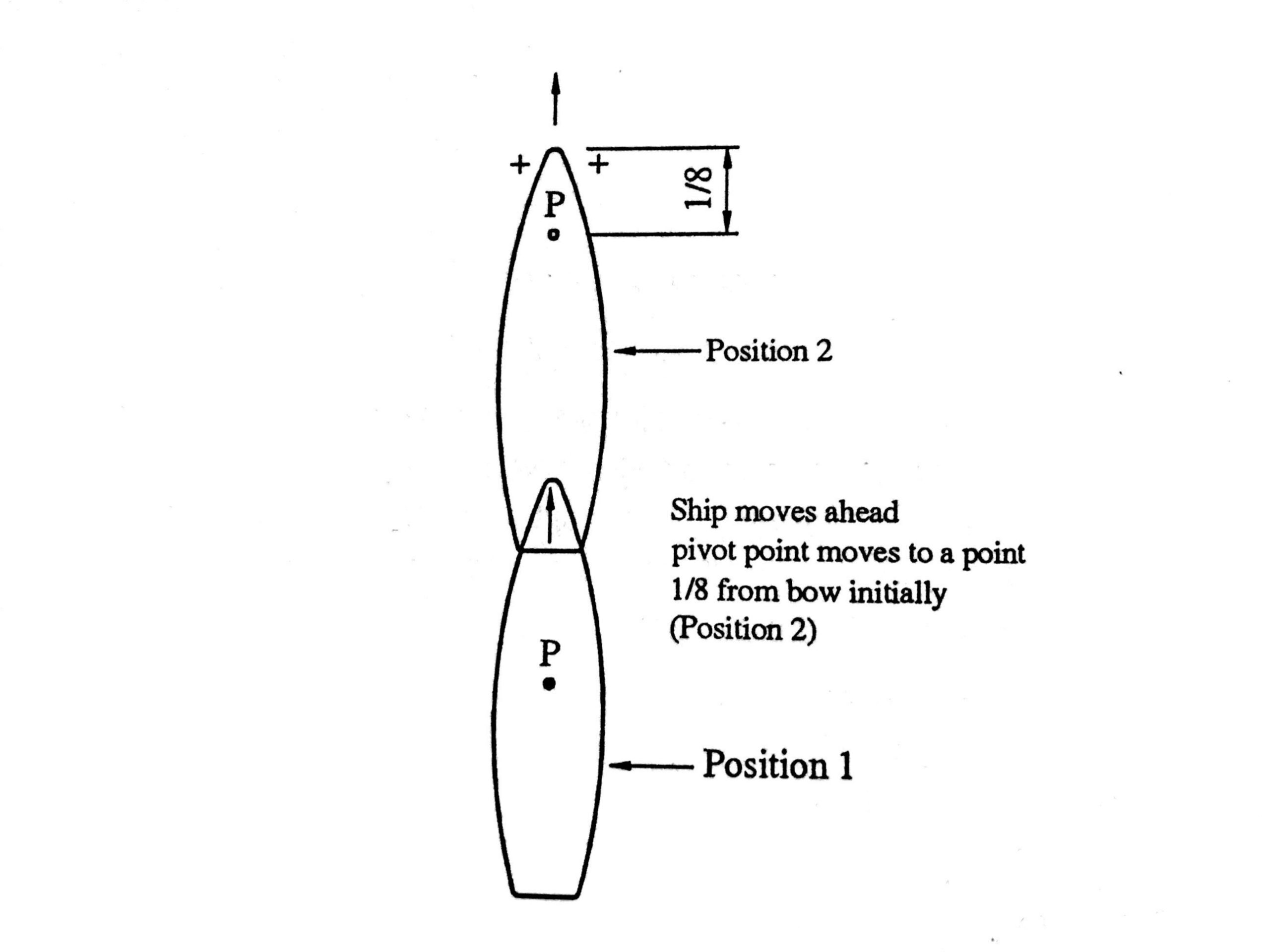ECDIS (Safe or Risk to Navigation)
Numerous groundings and near misses have occurred on ECDIS equipped ships that could have been avoided but for failures in the setup and use of ECDIS. Like most of the world’s merchant fleet trading internationally, your ship(s) is most likely equipped with an Electronic Chart









